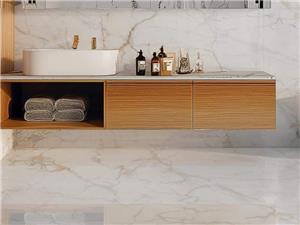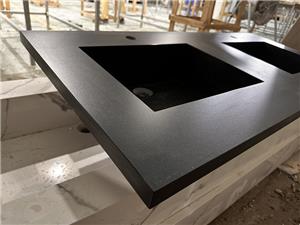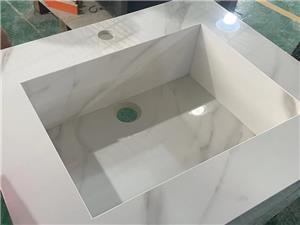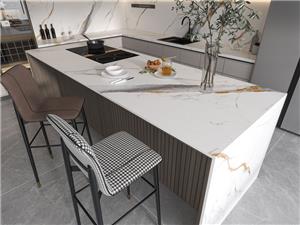Performance advantages of sintered stone
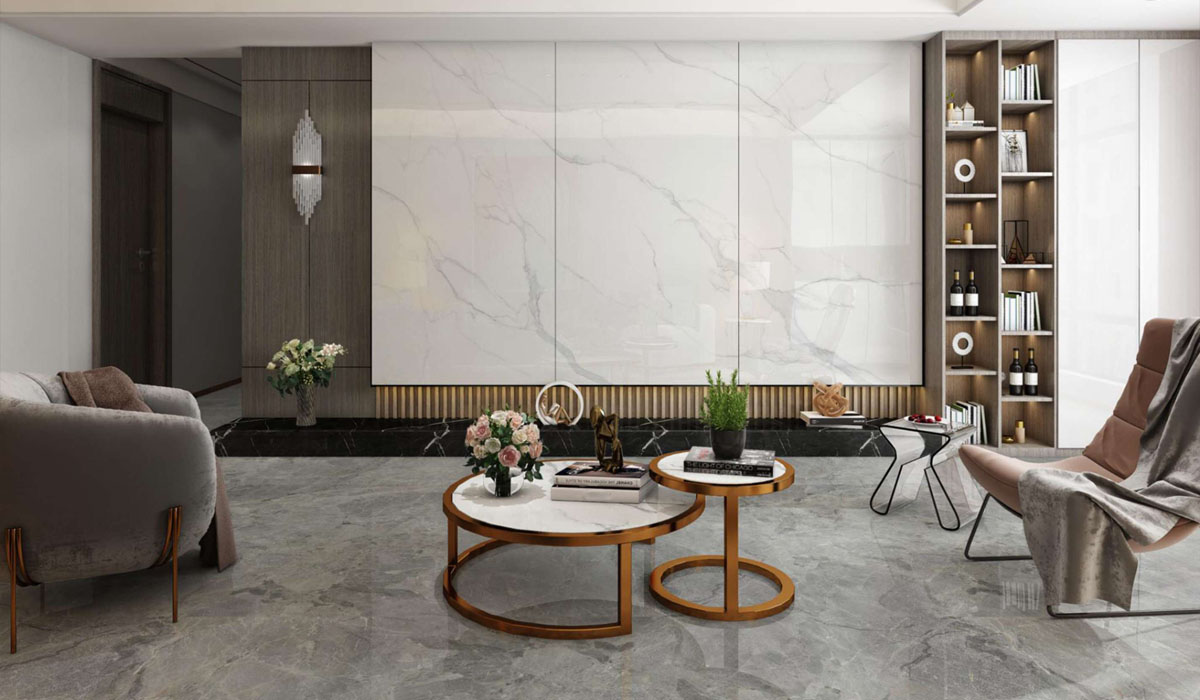
Recently, the sintered stone industry frequent action, from technological innovation to market activities, multidimensional development trend indicates the vigorous vitality of this industry. sintered stone, as a new green material, stands out from many materials and becomes the focus of the industry with its excellent environmental performance, excellent physical properties and stylish and diverse design.
So what are the advantages of sintered stone?
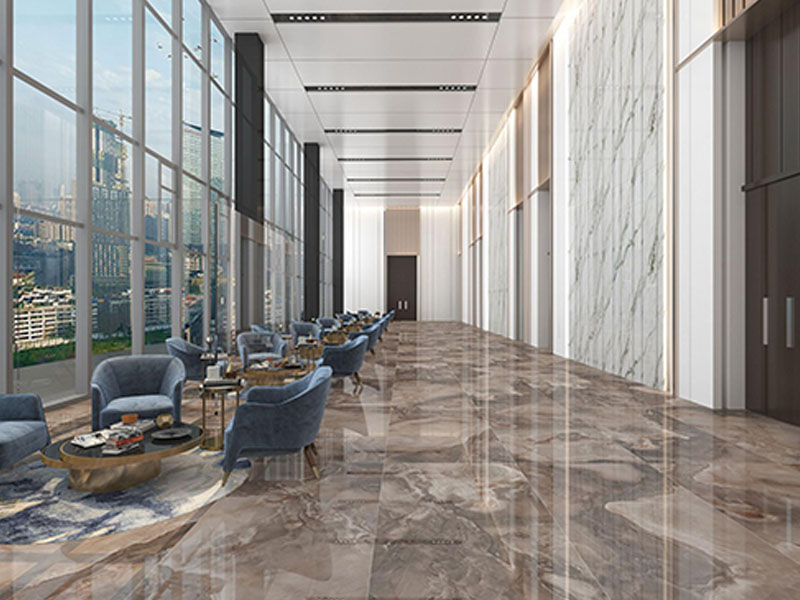
Ultra-high hardness and wear resistance:
the sintered stone is pressed by more than 10,000 tons of press and high temperature firing, and the Mohs hardness is usually up to 6-7. This makes it ultra-high hardness, and in daily use, it is extremely difficult to leave traces on the surface of the sintered stone slab, even if the tool is scratched and the heavy object is rubbed. In commercial Spaces such as shopping malls, hotel lobbies and other areas with frequent movement of people, the sintered stone floor tile with its high hardness and wear resistance, can make the sintered stone floor tile to keep the surface smooth and smooth for a long time, reducing maintenance and replacement costs.
Excellent water and pollution resistance:
the internal structure of the sintered stone is extremely dense, almost no pores, and the water absorption rate can be as low as 0.02%. This characteristic makes it excellent water resistance, and moisture cannot penetrate the interior of the sintered stone. When applied in humid environments such as kitchens and bathrooms, the rock slab will not be deformed, moldy, breeding bacteria and other problems due to long-term contact with water. At the same time, because of its excellent anti-fouling performance, all kinds of stains, such as common kitchen soy sauce, oil, toilet hair dye, etc., are difficult to adhere to the surface of the sintered stone.
High temperature resistance, corrosion resistance:
The sintered stone slab can withstand high temperatures of up to 1200℃ or more without deformation or fading. In the kitchen application scenario, the hot pot that has just come out of the pot is placed directly on the rock plate table surface, which will not cause any damage to the sintered stone slab, and there is no need to worry about the deformation or cracking of the table surface due to high temperature, and its high temperature resistance is far better than that of ordinary wood and quartz stone tables. Moreover, the sintered stone slab has good acid and alkali corrosion resistance, whether it encounters the alkaline component in the kitchen cleaner, or the acidic component in the bathroom cleaner, the sintered stone slab can maintain stable chemical properties, will not be corroded, greatly extending the service life.
Environmental protection and health:
In the production process, the sintered stone does not add formaldehyde, benzene and other harmful substances, and there is no radioactive pollution. Its raw materials are mainly natural minerals, and after high temperature and high pressure treatment, the formation of environmentally friendly and healthy new materials. For home decoration, environmentally friendly materials are directly related to the physical health of the occupants, especially in bedrooms, children's rooms and other Spaces with high air quality and material safety requirements, the use of rock panels for decoration can create a healthy and comfortable living environment for the family.
Good processing performance:
Although the sintered stone has high hardness, it has good processing performance, and can be cut, drilled, edging and other processing operations according to actual needs. Whether it is made into a shaped edge of a kitchen countertop or a spliced shape on a wall, the sintered stone can meet a variety of design needs. At the same time, the sintered stone can be combined with a variety of materials, such as metal, wood, etc., which further expands its application range, provides designers with a broader creative space, and can create a variety of unique and personalized architectural and decorative effects.

